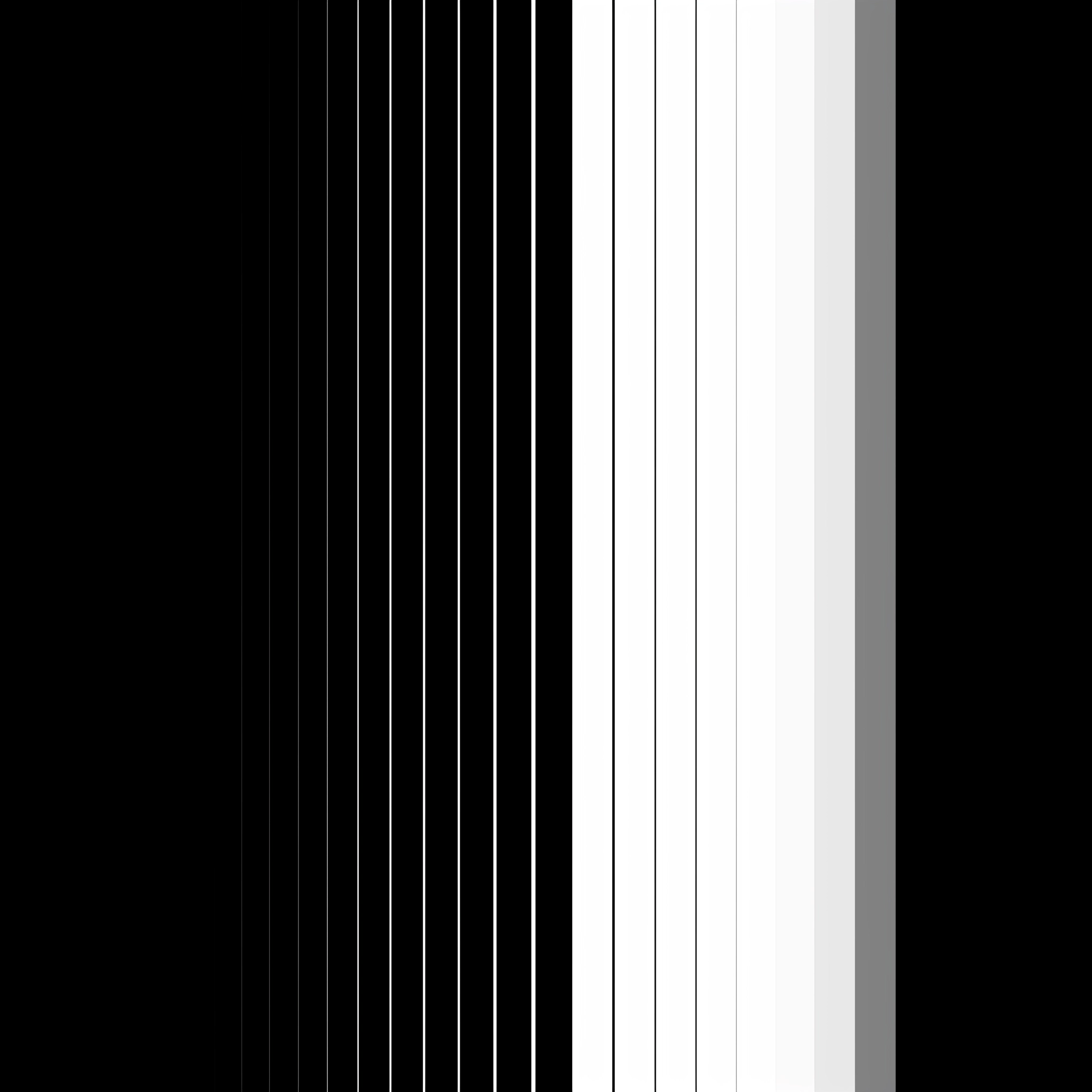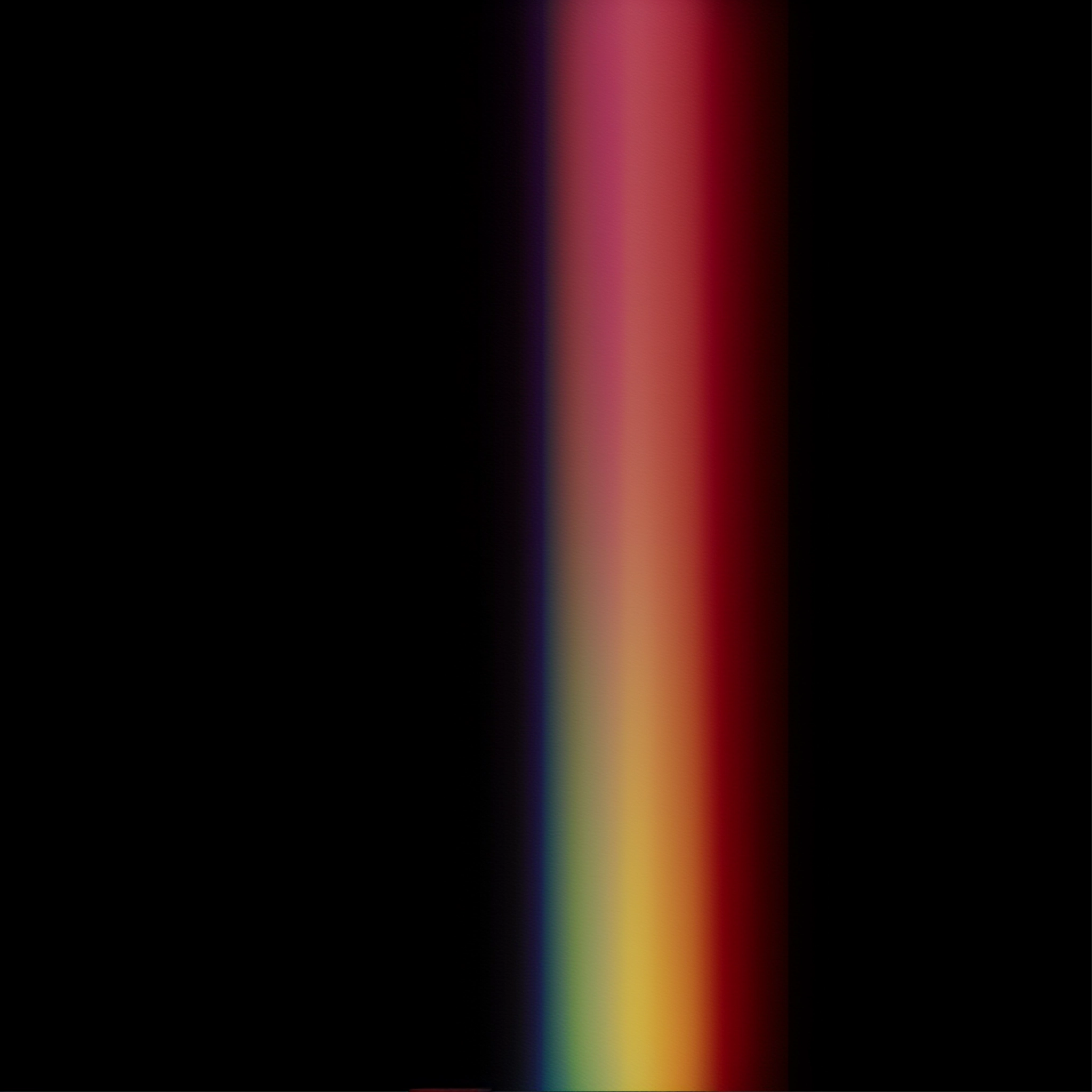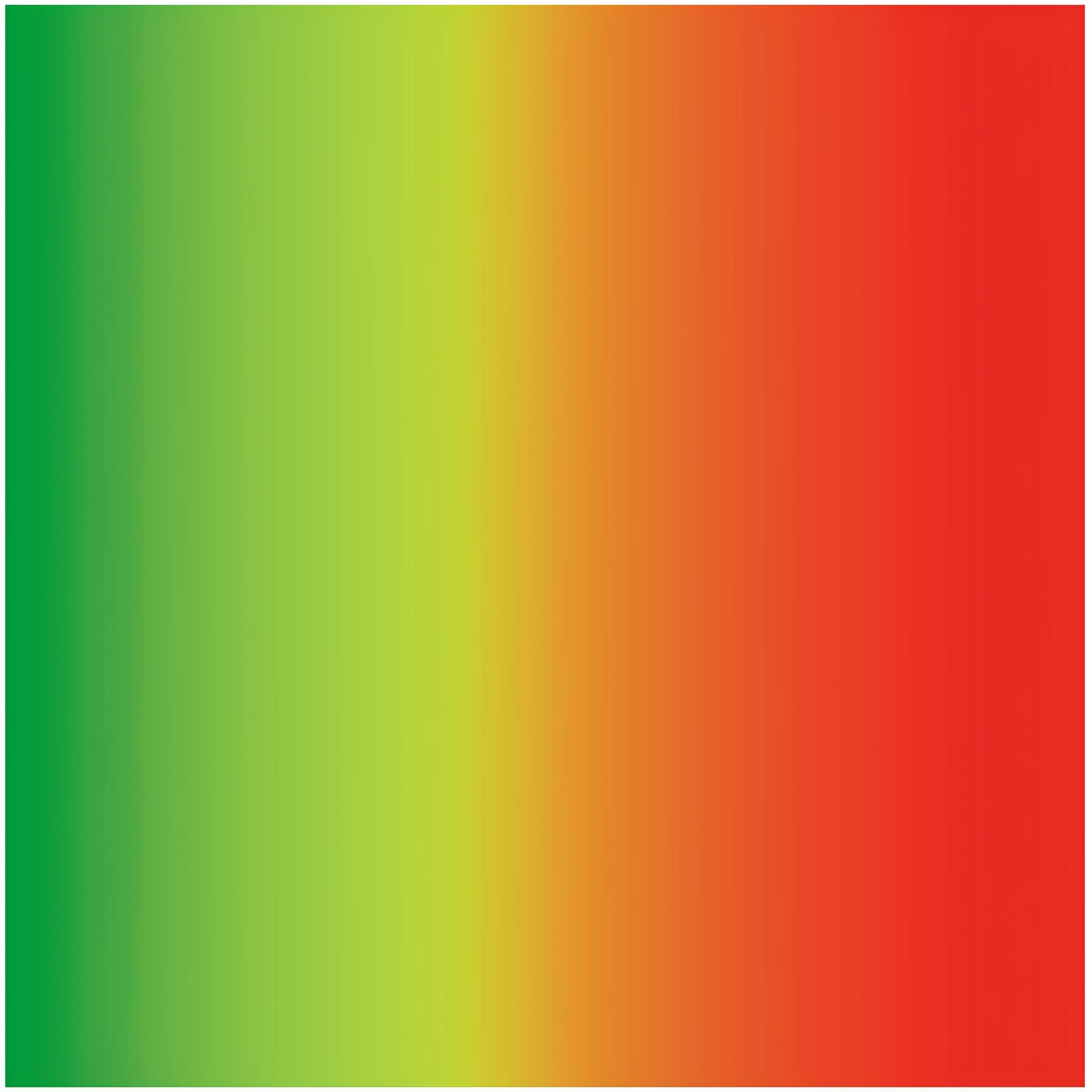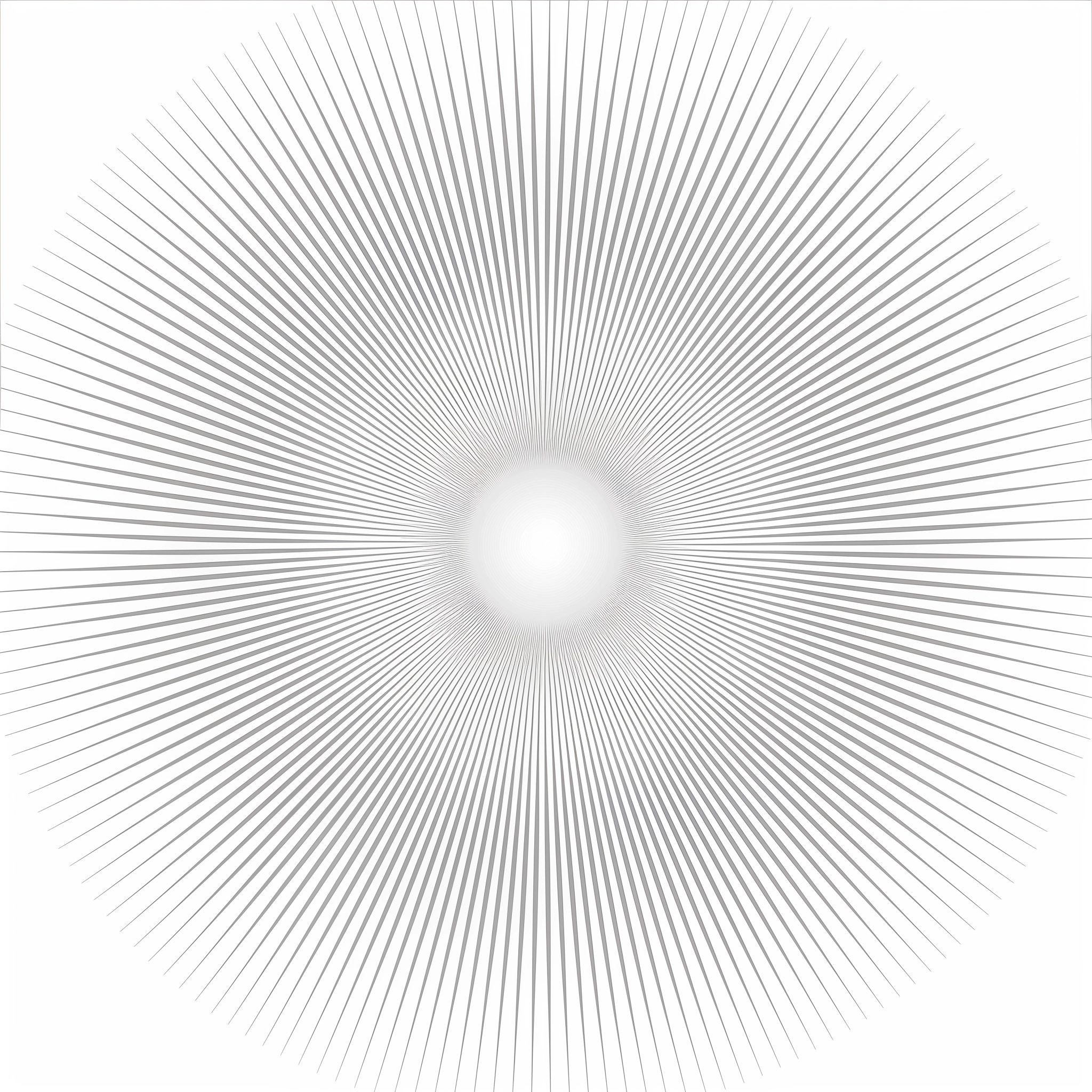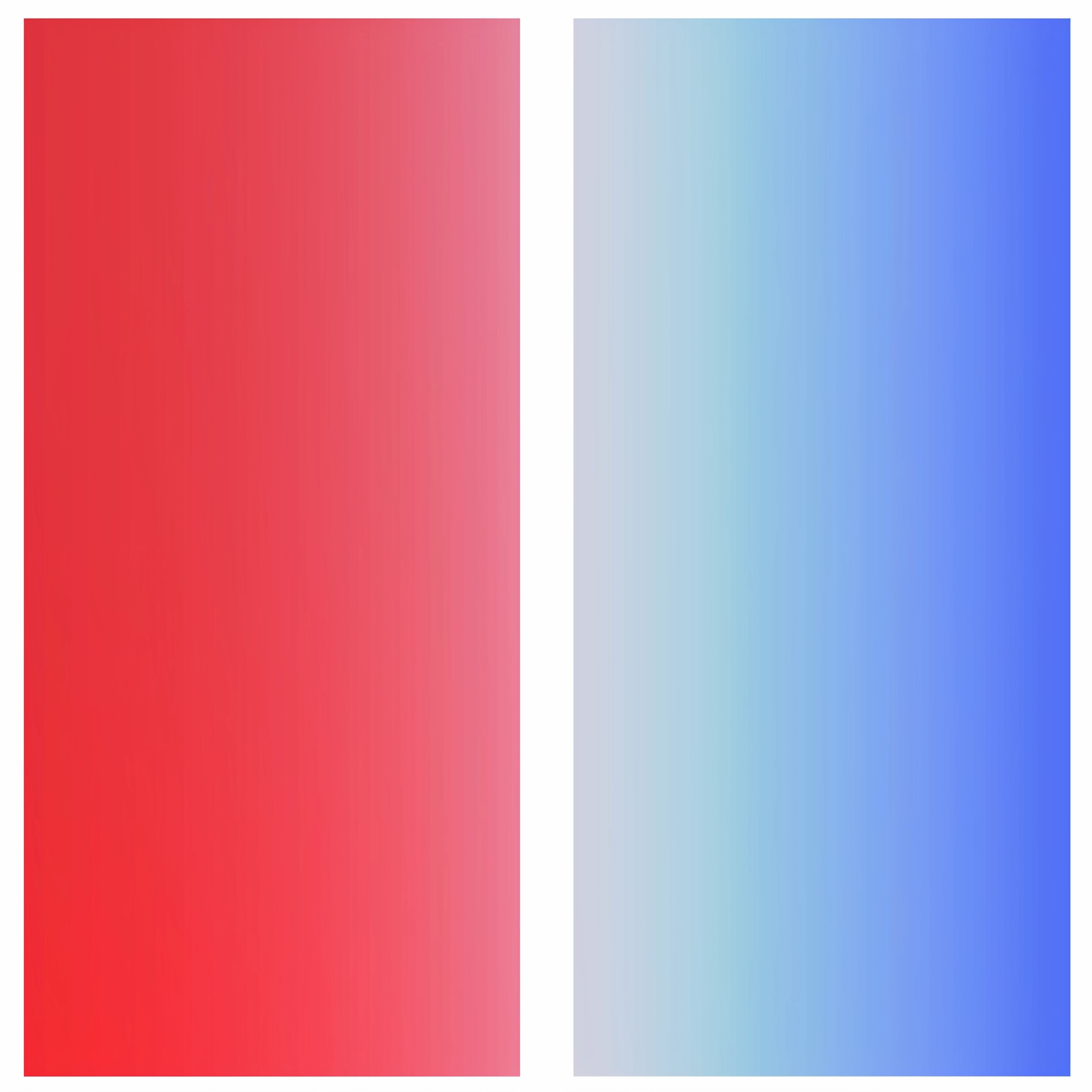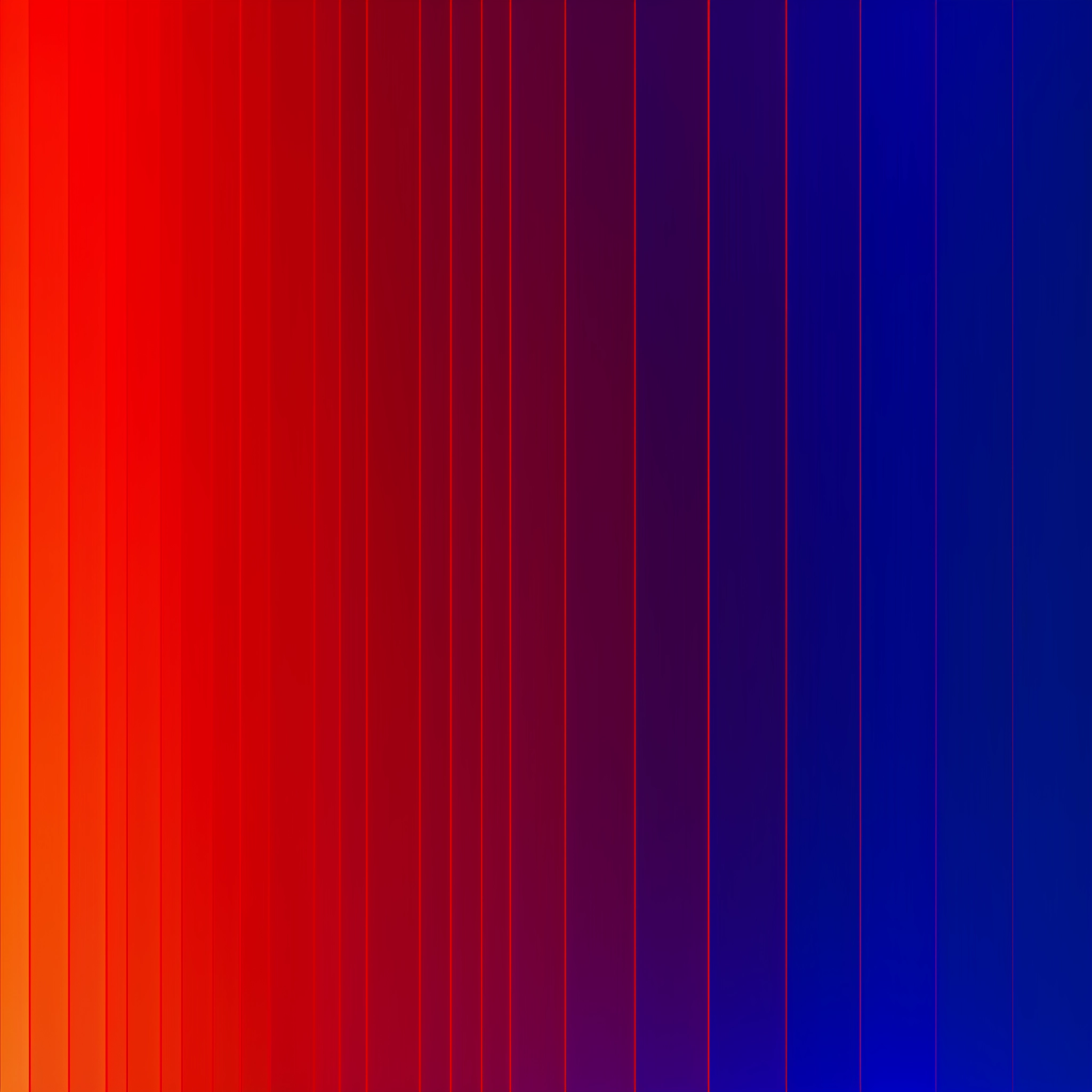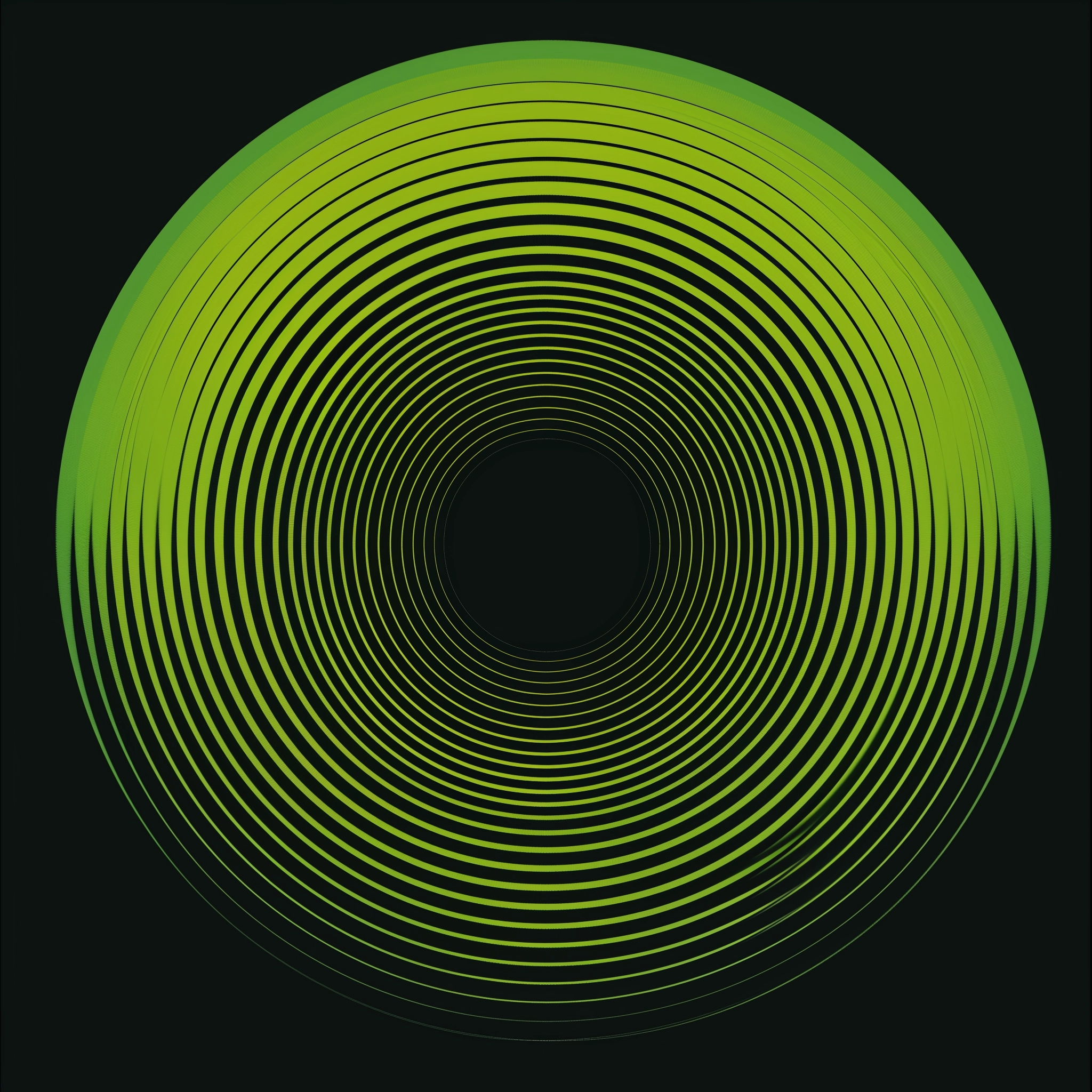Generative Adversarial Networks (GANs) and diffusion models stand at the forefront of the intersection between artificial intelligence and art, leading a transformative journey into the realms of creativity previously uncharted by machines. This exploration delves into the mechanics of these models, their application in generating art akin to the works produced by Midjourney, and culminates in the creation of captivating gradient images.
Understanding the Mechanics
Generative Adversarial Networks (GANs):
At the heart of GANs lies a duel between two neural networks—the generator and the discriminator. The generator strives to create data mimicking a genuine dataset, while the discriminator evaluates the authenticity of this generated data against the real deal. This ongoing battle drives the generator towards producing increasingly realistic data, blurring the lines between artificial and genuine.
Diffusion Models:
Diffusion models present a different approach to generative art, starting with a state of pure noise and gradually learning to sculpt this chaos into structured images. This process involves two key stages: the forward process, where noise is incrementally added to data, and the reverse process, where the model learns to revert noise-infused data back to its original or newly generated form.
Application in Art Generation
Platforms like Midjourney leverage variations of these models to produce art that resonates with human aesthetic sensibilities. By training on extensive datasets of images, these models learn to generate new artworks that, while inspired by the dataset, are unique in their creation.
Developing and Programming a GAN Model:
The development of a GAN model for art generation is a meticulous process that involves:
-
Model Architecture Selection: Choosing the right architecture for the generator and discriminator is crucial, as it determines the model's efficiency in learning and generating realistic images.
-
Dataset Preparation: A diverse and comprehensive dataset is foundational, as the quality and variety of data directly influence the model's output.
-
Training: The adversarial training process requires careful monitoring to ensure that neither the generator nor the discriminator becomes too powerful too quickly, maintaining a balance that fosters learning.
-
Iteration and Optimization: Continuous evaluation and tweaking of the model's parameters are essential for refining the generated outputs.
Generating Gradient Images:
The culmination of this journey is the application of these models to generate a series of gradient images, showcasing the nuanced capabilities of GANs and diffusion models in creating art. Each image represents a unique point in the model's learning process, reflecting the subtle interplay of noise and structure that characterizes generative art.
